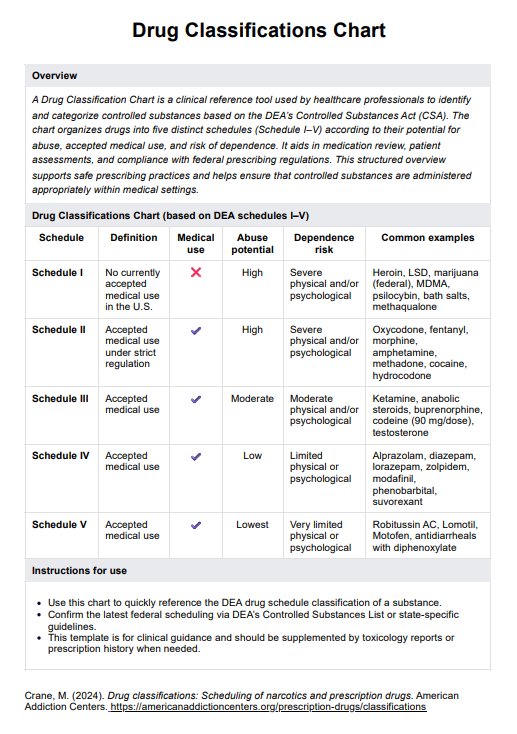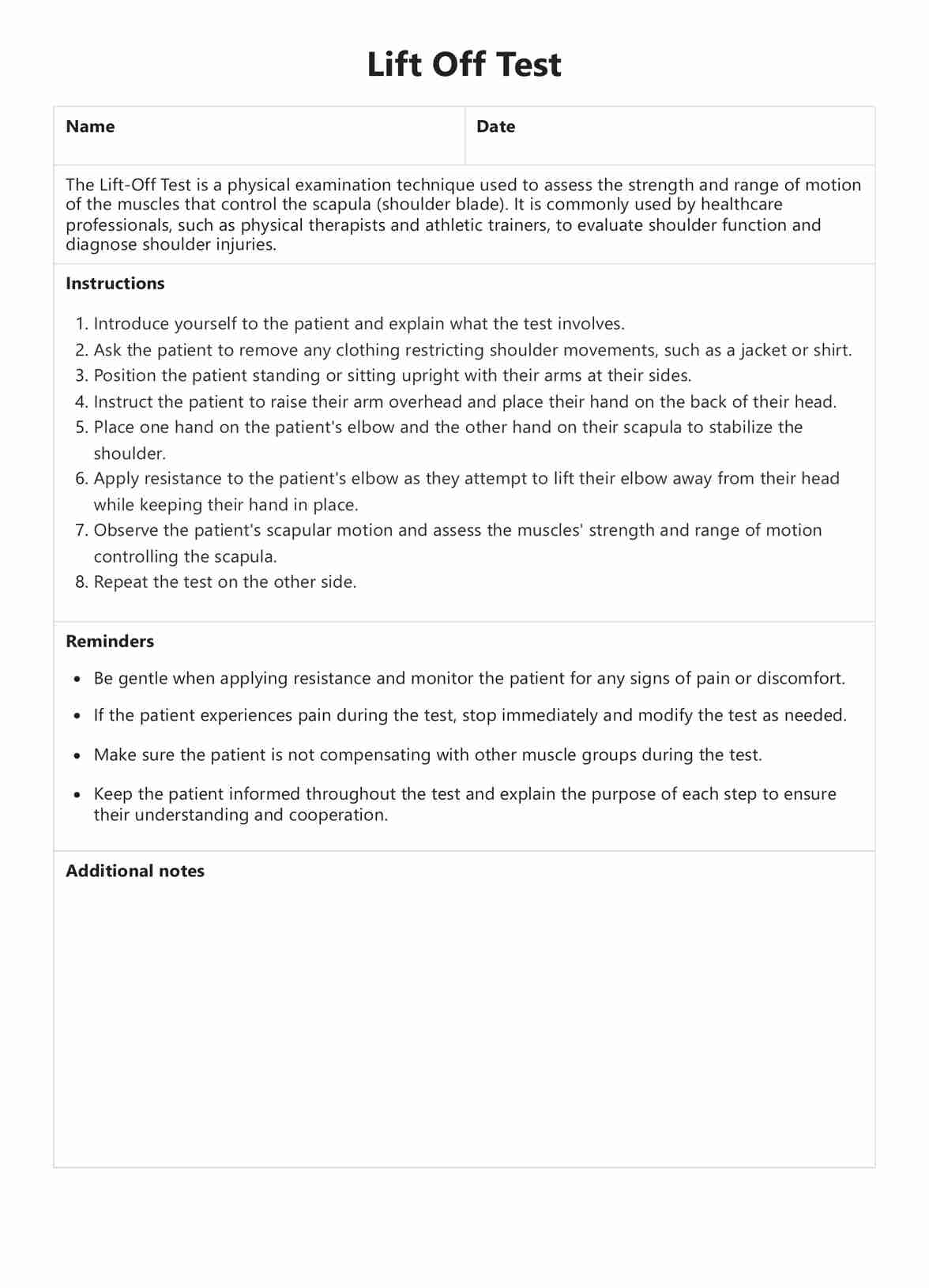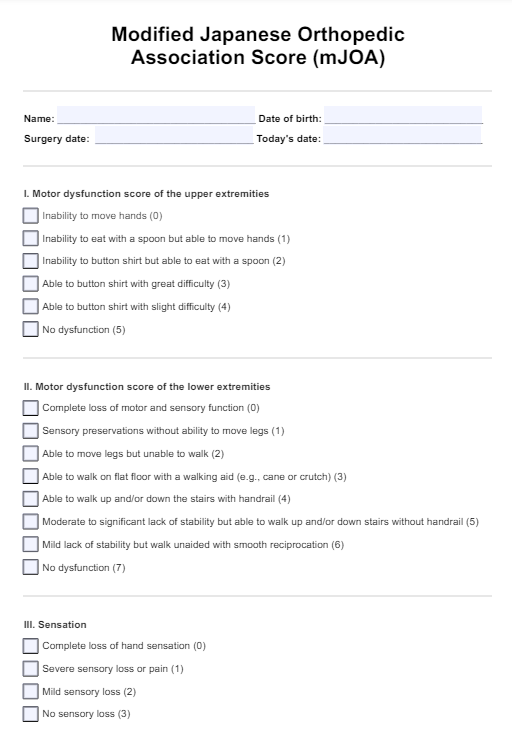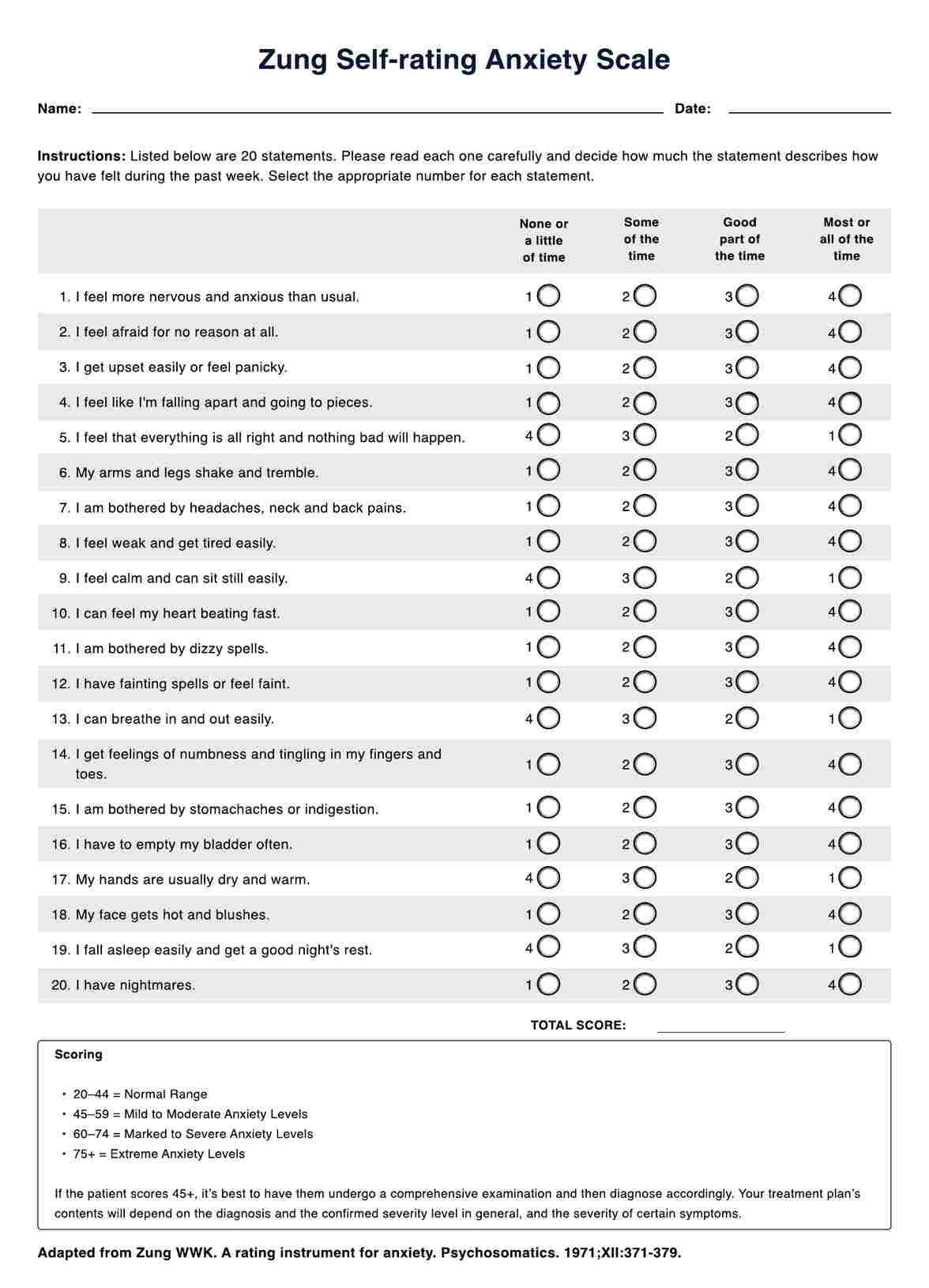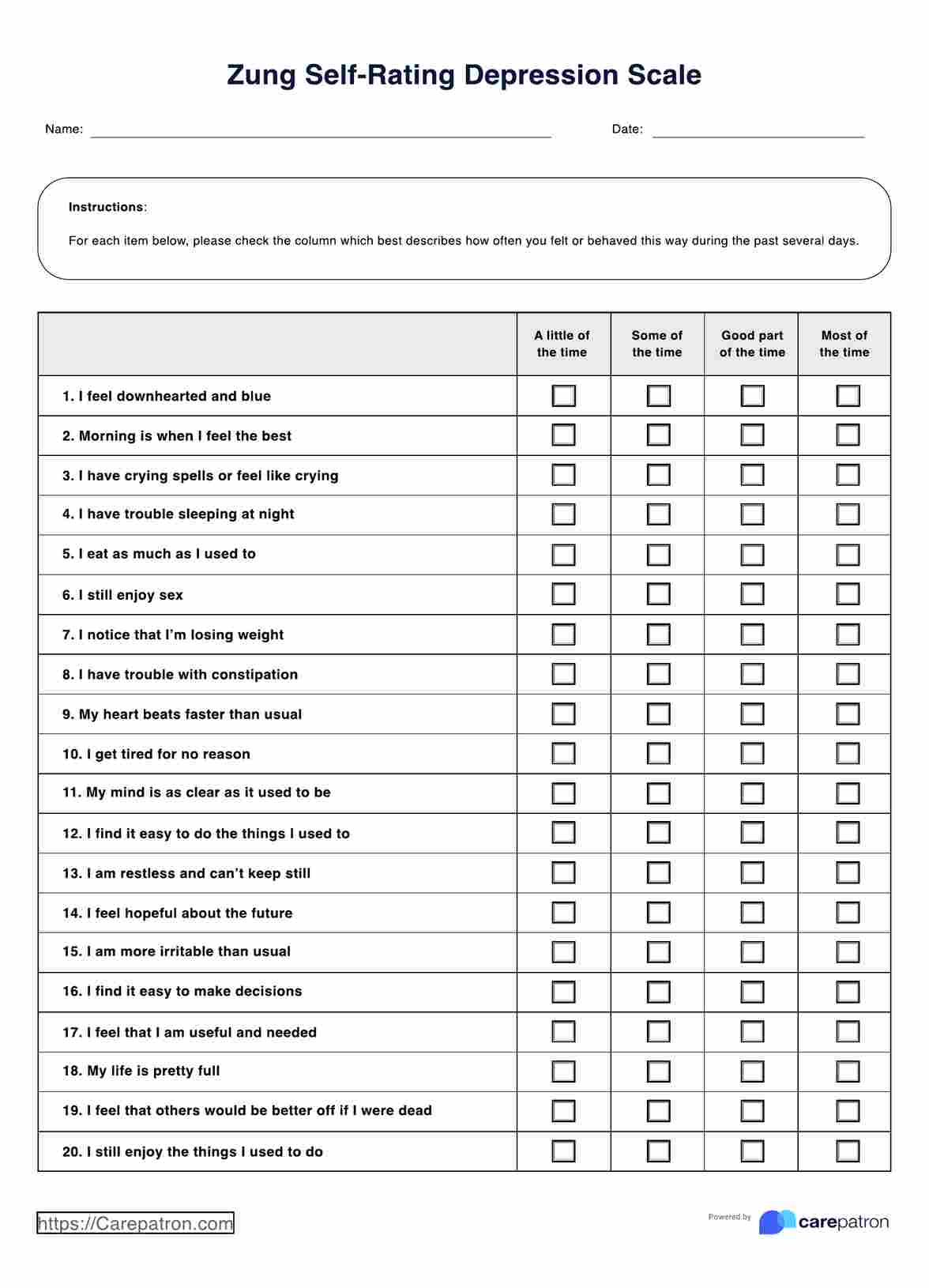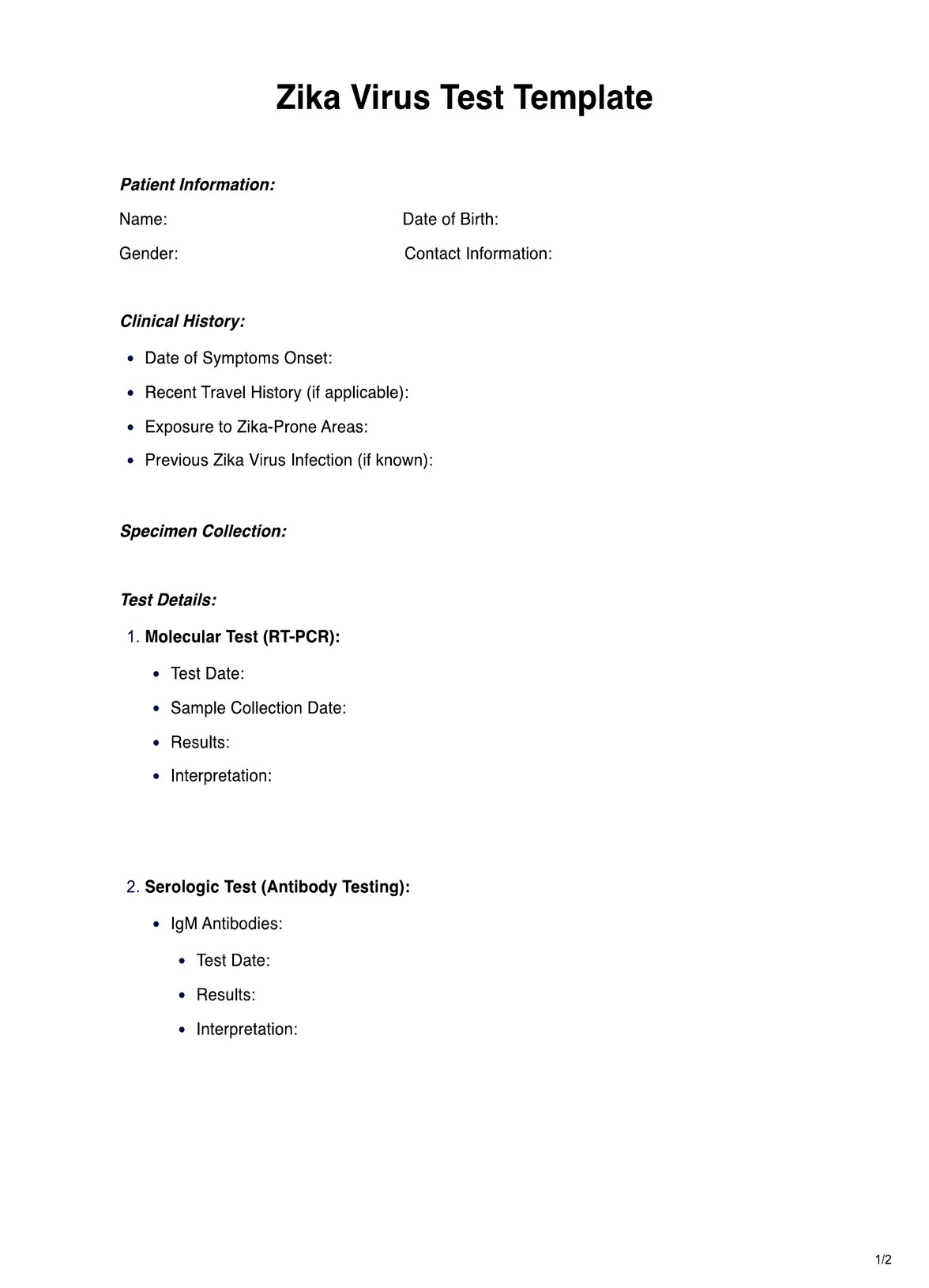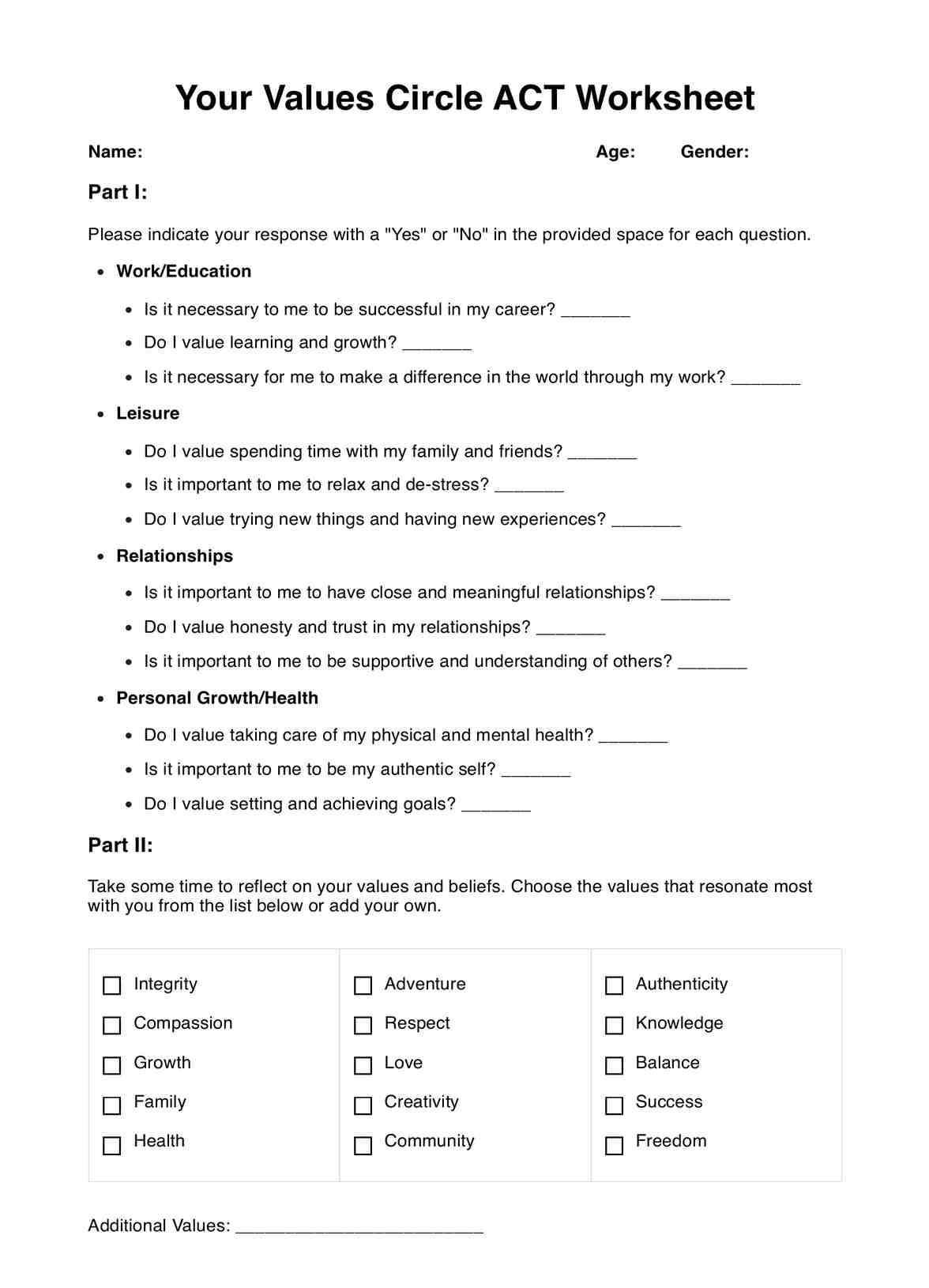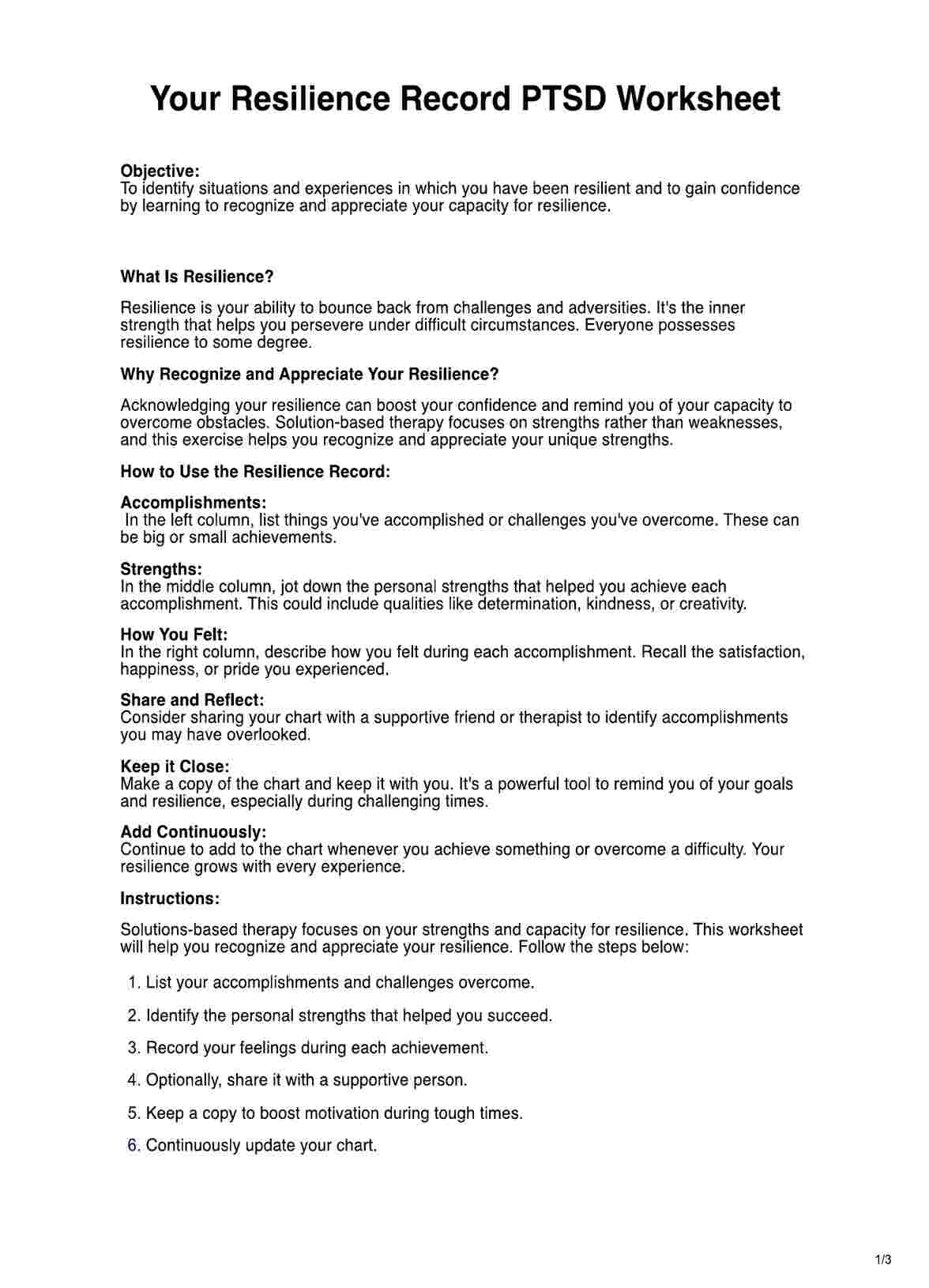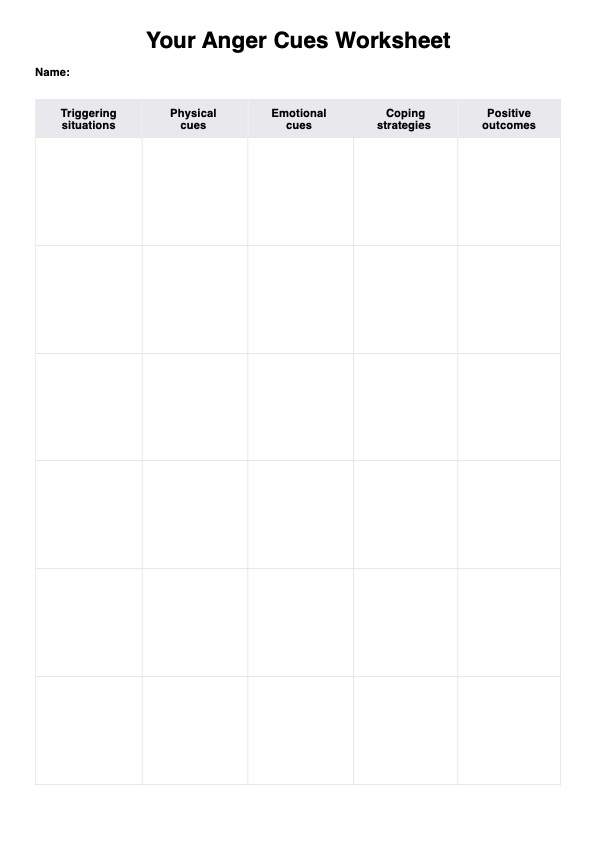It usually takes around 10 to 15 minutes to finish the test. The length of completing the tool varies depending on several reasons, such as the child’s reading ability and age. Younger children or those with reading issues may take a little longer to complete the test.
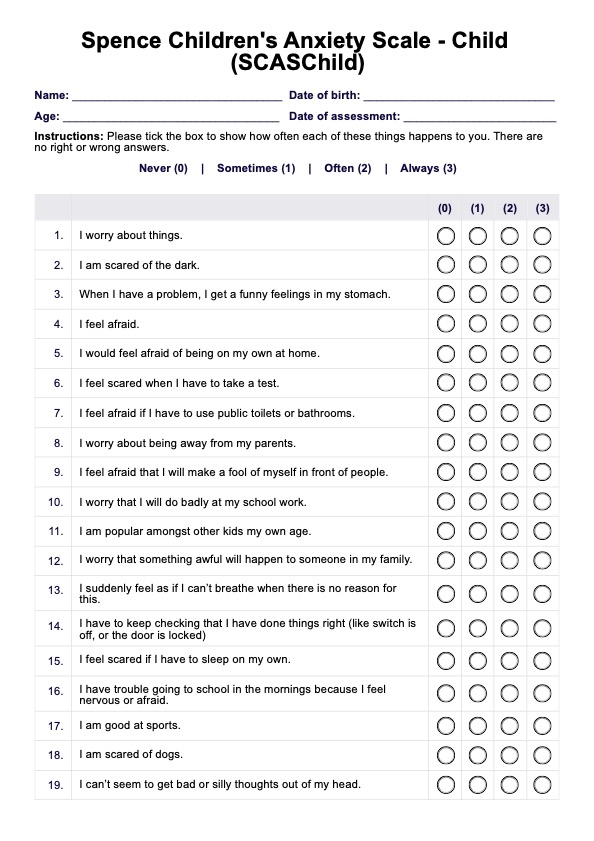
Spence Children's Anxiety Scale - Child Report
Assess anxiety symptoms in children and adolescents through Spence Children’s Anxiety Scale - Child Report. A free PDF can be downloaded here.
Spence Children's Anxiety Scale - Child Report Template
Commonly asked questions
Begin by getting the raw scores of each subscale by summing up the ratings the child gave. Second, convert these to percentile ranks or the established norms for the child’s age and gender. Higher percentile ranks indicate higher anxiety level symptoms. Third, you need to consider clinical cutoffs to determine whether the score lands at a normal range or indicates a need for an intervention. Fourth, analyze subscale scores to determine the most prominent area of anxiety symptoms. Lastly, you may incorporate other relevant information in the child’s life, including their history and behavior.
The Spence Children’s Anxiety Scale - Child Report is not a diagnostic tool. It is a test used for screening and assessment of anxiety symptoms. Although it is not a diagnostic tool, it can aid in forming a diagnosis because it offers relevant information about the nature and severity of the anxiety symptoms. The information provided by SCAS is vital in making a diagnosis.
EHR and practice management software
Get started for free
*No credit card required
Free
$0/usd
Unlimited clients
Telehealth
1GB of storage
Client portal text
Automated billing and online payments


